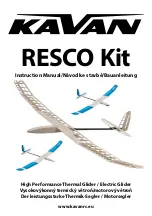Yak 18T, Flight Operations Manual
The Yak 18T Flight Operations Manual is a comprehensive guide for pilots operating this iconic aircraft. This manual provides essential information and detailed procedures to ensure safe and efficient flight operations. Download this manual for free from our website, where you can find a wide range of user manuals for various aircraft models.















